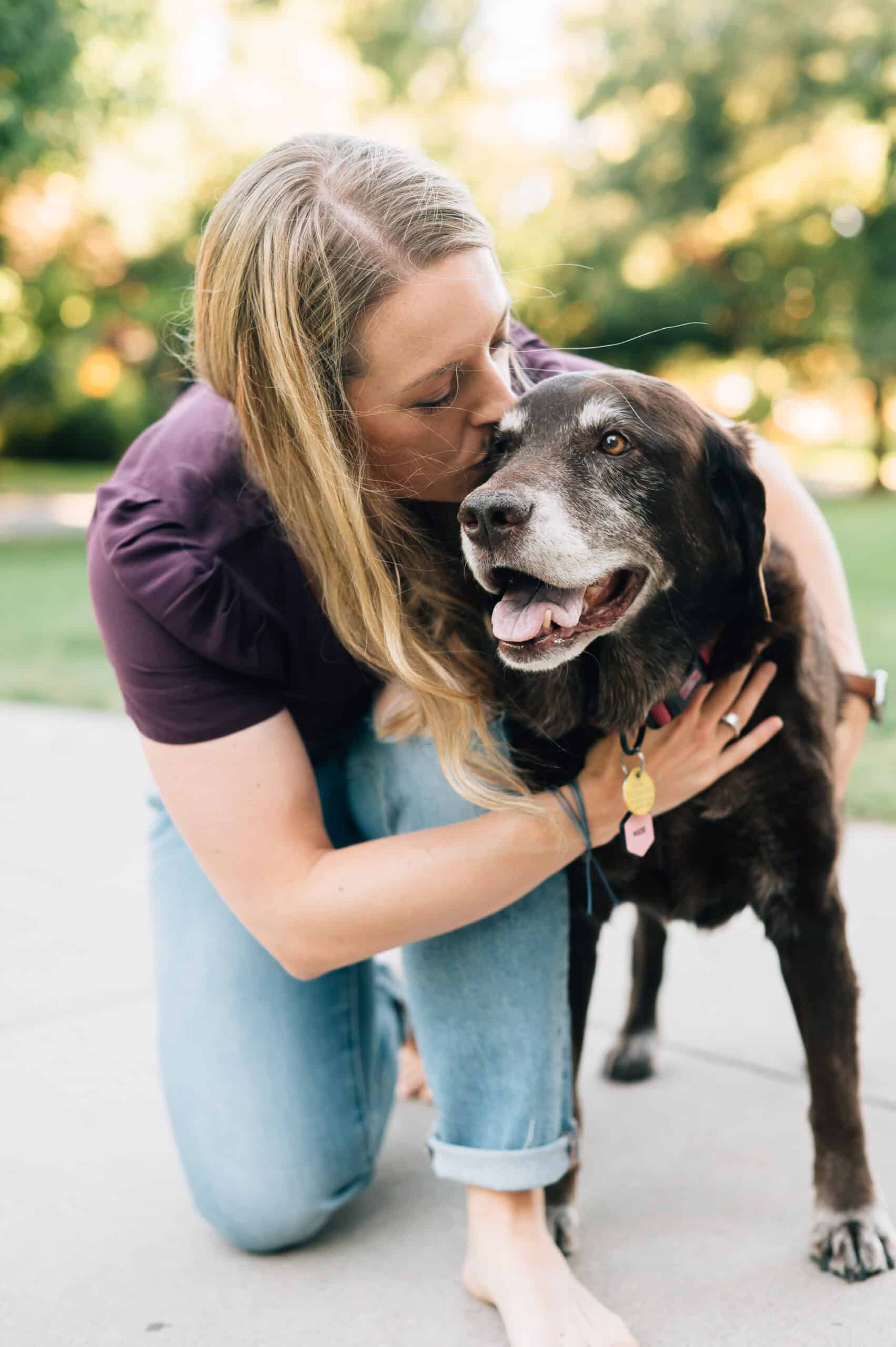The decision to schedule a beloved pet’s peaceful transition involves a myriad of considerations, primarily centered around their quality of life. While evaluating quality of life warrants its own discussion, this article aims to explore additional factors pivotal in determining the timing for euthanasia.
This topic holds a deeply personal resonance for me and my husband, Jeff. Recently, we bid farewell to our cherished 22-year-old kitty, Bobby. Deciding on the timing of euthanasia was emotionally challenging, given Bobby’s ongoing medical conditions—arthritis, kidney disease, and possible liver disease/cancer. In the last month, we sensed Bobby’s time drawing near. However, like many families, we grappled with the balance between not prolonging suffering and not letting go prematurely. Despite aiming for a timeframe, Bobby continued engaging in his usual activities, complicating our decision.
During a weekend when Jeff was away in early November, Bobby’s health suddenly deteriorated—he stopped eating, experienced bloody diarrhea, and vomiting. Hoping it might pass and wanting Jeff to be present, I hesitated. Yet, Bobby grew weaker. It became evident that this decline was the sign we had been waiting for. Despite our desire to bid farewell together, we chose not to prolong Bobby’s discomfort. Jeff joined via video chat as we said our goodbyes to Bobby basking in the morning sunbeams, his favorite spot.

Rest in Peace, sweet Bobby
The Window of Time
Deciding on a pet’s transition isn’t about pinpointing a perfect moment; rather, it’s a window, ranging from weeks to months, depending on the pet’s condition. Animals often hide their discomfort until it’s considerable. Hence, it’s prudent to act when signs of discomfort emerge without waiting for complete decline. Moreover, circumstances can worsen swiftly, necessitating urgent decisions. Targeting a window of time grants us some control over how and where our pets pass away.
Finding a Time for Farewells
End-of-life care requests often peak during holidays when families reunite. Having everyone present, especially those who share a bond with the pet, can ease the transition. Additional family support during this period of grief proves invaluable.
Consider External Commitments
Consider business trips or vacations when scheduling a pet’s end-of-life appointment. It’s heart-wrenching when a pet’s condition worsens while a family member is away. Sometimes, keeping the pet comfortable until the family member’s return might not be in the pet’s best interest, as was the case with Bobby.
Allowing Time for Grief
Grief can be overpowering, both emotionally and physically. Taking a few days off following euthanasia can aid in coping with the intense sadness that accompanies such a loss.
Being Flexible
The final phase of a pet’s life is unpredictable. Be prepared to adapt plans based on their sudden decline, acknowledging that sometimes, the right decision is to act sooner rather than later.
Contemplating bidding farewell to a beloved pet is immensely challenging. If you’re uncertain about the timing of your senior pet’s in-home euthanasia, consider scheduling a TeleAdvice session with one of our veterinarians or veterinary nurses.

Written by: Dr. Mavi Graves, Caring Pathways Veterinarian
Dr. Mavi moved back to CO to attend vet school at CSU. While at CSU, she served as a manager of the student volunteer pet hospice program and that’s when she discovered end-of-life care as her veterinary calling. Dr. Mavi feels that the end-of-life journey is an incredibly sacred and meaningful time to serve pet families and she feels strongly about the importance of letting pets pass away at home. It is an honor to facilitate gentle and peaceful euthanasia experiences and to that end, Dr. Mavi has earned her Fear-Free Certification. She is also working towards acupuncture certification and strives for excellence and personal betterment in supporting pet owners through what may be one of the most difficult days of their lives.

